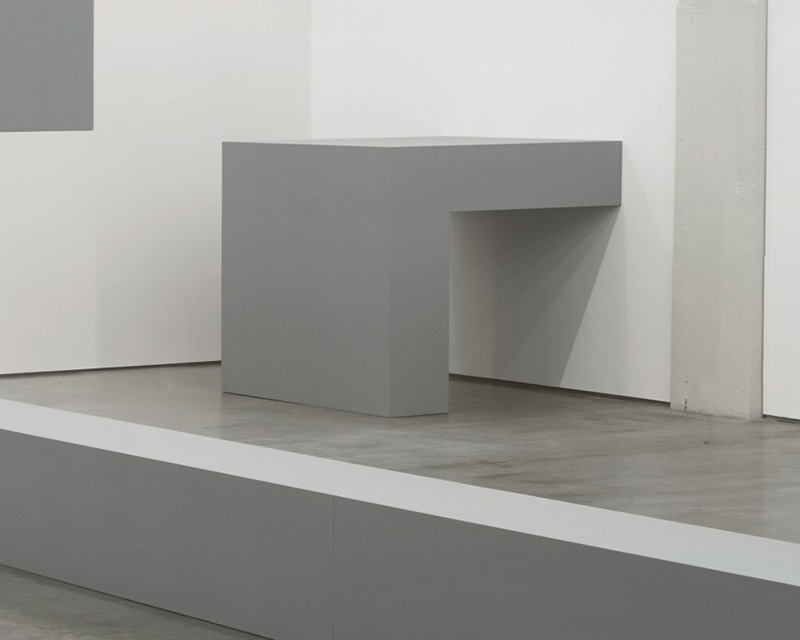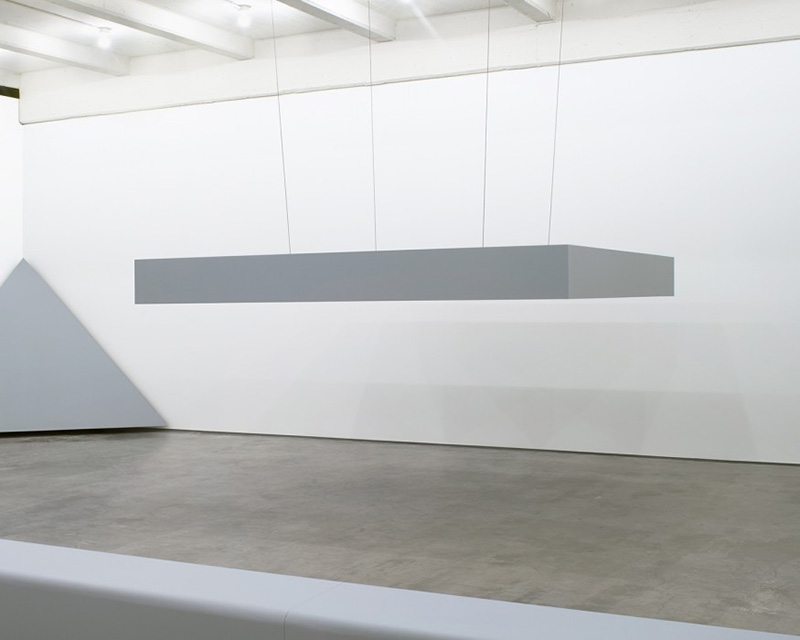ART CITIES:N. York-Robert Morris
 One of the most complex and challenging artists, Robert Morris has achieved fame in a wide range of Contemporary Art Movements. He began by exploring Abstract Expressionist painting, moved on to Performance Art, before settling on Contemporary sculpture. During the ‘60s, along with Donald Judd, he became one of the best known exponents and theorists of minimalism.
One of the most complex and challenging artists, Robert Morris has achieved fame in a wide range of Contemporary Art Movements. He began by exploring Abstract Expressionist painting, moved on to Performance Art, before settling on Contemporary sculpture. During the ‘60s, along with Donald Judd, he became one of the best known exponents and theorists of minimalism.
By Efi Michalarou
Photo: Dia foundation Archive
Dia Art Foundation announced today that acquired eight works by Robert Morris. This new acquisition includes a full installation of the Minimalist ensemble that Morris created in 1962–64 for an exhibition at the Green Gallery in New York, as well as one of the artist’s works of Land art. “Untitled (Dirt)” (1968) is a critical example of Morris’s work during this phase. The work consists of a mass of earth, peat, oil, and debris poured directly onto the gallery floor. It was originally shown in the inaugural survey of “Land art, Earth Works”, at the Dwan Gallery in New York in October 1968, and it was produced at the same moment that Walter De Maria realized his first “Earth Room” at Heiner Friedrich’s gallery in Munich. With the acquisition of Untitled (Dirt), Dia will now maintain two iconic works of Land art made specifically for an interior space. The ensemble of six painted plywood works from the Green Gallery, as well as a 7th object originally intended for that exhibition were fabricated under Morris’s supervision specifically for Dia. They include: “Untitled (Cloud)” (1962) and “Untitled (Boiler)”, “Untitled (Corner Beam)”, “Untitled (Corner Piece)”, “Untitled (Floor Beam)”, “Untitled (Table)”, and “Untitled (Wall-Floor Slab)” (all 1964). Also in addition to the Green Gallery ensemble and “Untitled (Dirt)”, Dia presents an untitled cut-felt piece on long-term loan from the artist. These works trace Morris’s formal evolution throughout the ‘60s, as well as the transition between Minimal, Postminimal, and Land Art practices more broadly. In February and October 1966, Morris published “Notes on Sculpture” and “Notes on Sculpture, Part 2” in Artforum. An openly polemical claim on Minimalism, the essays also constituted a thorough retort to the modernist naysayers who were virulently opposing the legitimacy of the new tendency. At the same time, the essays proposed a phenomenological reading of Minimalism, one that would be dominant for years to come. However, Morris’ art has always been too polymorphous, encompassing Performance, texts, soft sculpture, and Earthworks and the artist himself too much of a polymath for either to be reduced to the label “Minimalist”.
Info Dia Art Froundation, 3 Beekman Street, Beacon, New York, Days & Hours: Nov-Dec: Thu-Mon 11:00-16:00, Jan-Mar: Fri-Mon 11:00-16:00, Apr-Oct: 11:00-18:00, http://diaart.org



